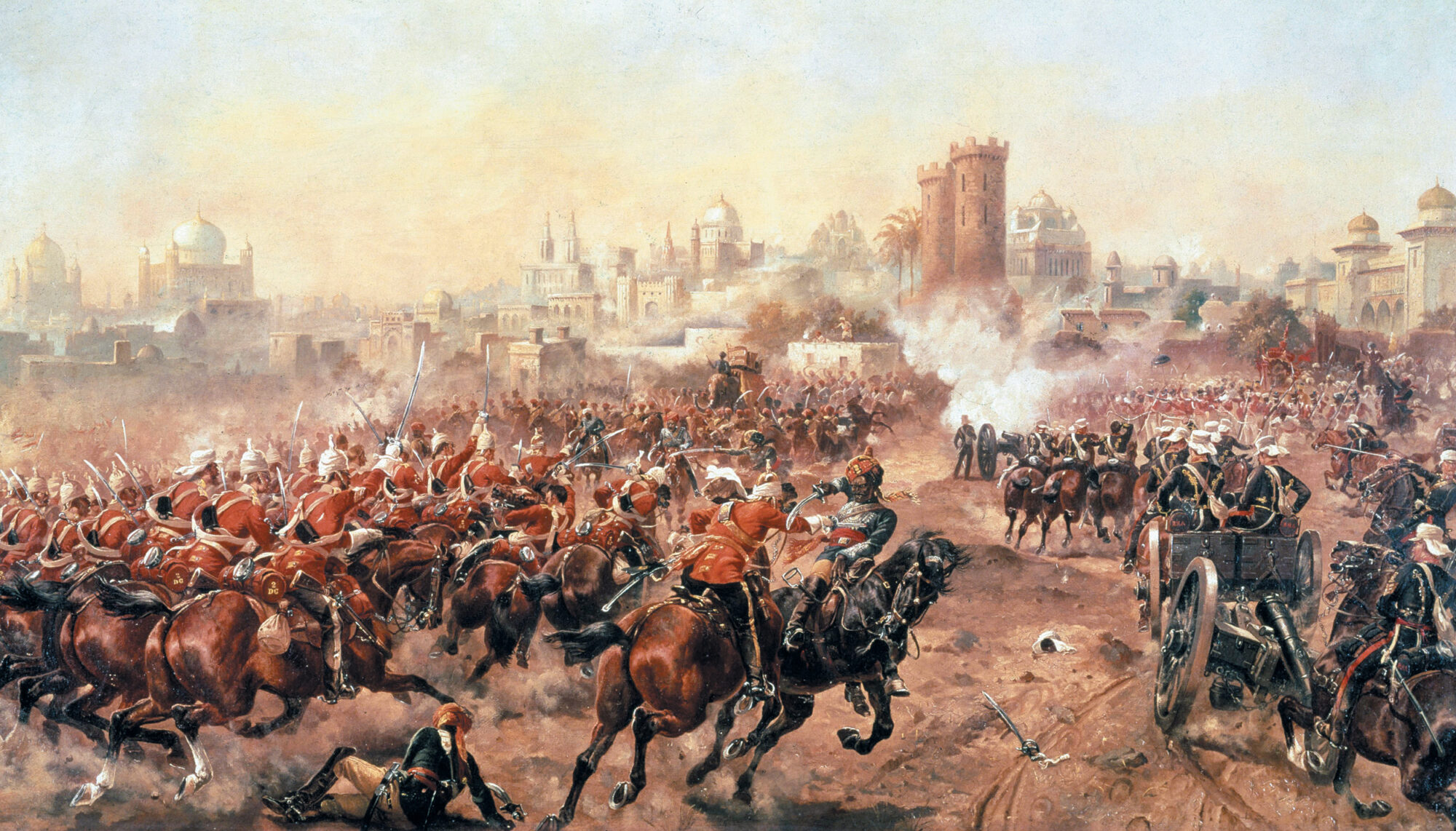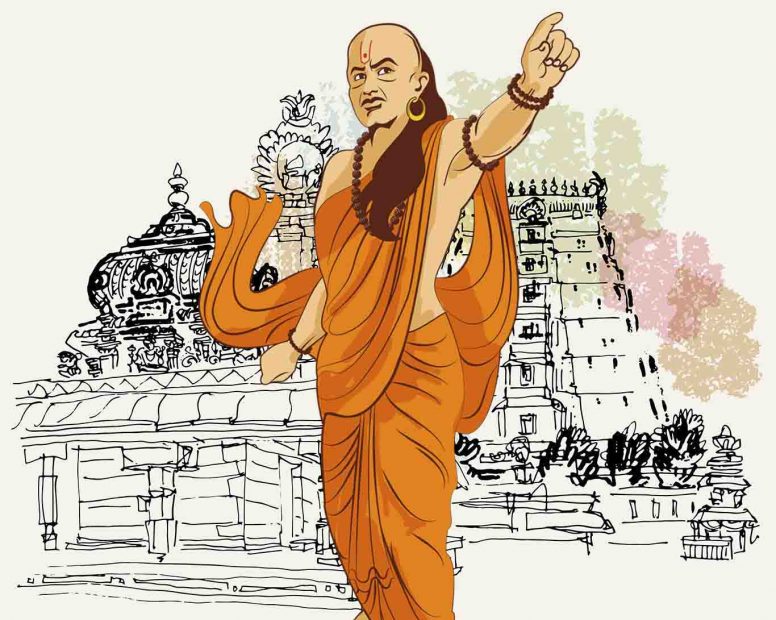
Introduction
The Revolt of 1857, often referred to as the Sepoy Mutiny or the First War of Independence, represents a crucial turning point in Indian history and is viewed as one of the earliest expressions of nationalistic fervor against British colonial rule. The revolt emerged from a confluence of various socio-political and economic factors that ignited deep-seated resentment among Indians toward foreign dominance. Discontent simmered among diverse groups, including soldiers, peasants, and local rulers, who felt marginalized and exploited under British policies. The immediate spark for the uprising was the introduction of the Enfield rifle, which involved cartridges rumored to be greased with animal fat, offending both Hindu and Muslim sepoys.
The revolt swiftly spread across northern India, signifying a collective struggle against British oppression. The events during this period saw intense battles, remarkable acts of bravery, and tragic consequences, marking a shift in the Indian narrative. The Revolt of 1857 set the stage for future movements aimed at independence and left a lasting legacy that continues to inspire the spirit of resistance and unity among Indians. This article delves into the intricacies of the revolt, examining its causes, key events, consequences, and enduring legacy.
Background of Indian Revolt
The Revolt of 1857 was rooted in a variety of socio-political and economic grievances against the British East India Company. The Company’s policies, which were often exploitative, affected various sections of Indian society, including peasants, zamindars, and soldiers. The annexation of Indian territories, such as Awadh, through the policy of doctrine of lapse, intensified discontent. Moreover, the introduction of Western education and cultural practices was perceived as an assault on traditional Indian values.
Economic Grievances
The economic policies implemented by the British during their colonial rule in India had devastating consequences for the local population, leading to widespread poverty and suffering. Prioritizing their own economic interests, the British exploited India’s vast resources to benefit their industries and markets. One significant aspect of this exploitation was the introduction of a tax system that placed heavy burdens on zamindars, or landowners, who were expected to collect taxes from the peasants. These high tax rates often resulted in the zamindars passing the financial strain onto the agrarian communities, making it increasingly difficult for farmers to sustain their livelihoods.
Additionally, the British focus on cash crops meant that essential food crops were neglected. This, coupled with frequent crop failures and famines, exacerbated the dire situation for the rural population. As a result, millions faced starvation and economic ruin, creating an atmosphere of resentment and desperation that ultimately fueled the Revolt of 1857. The harsh realities of British economic policies left a deep scar on Indian society, contributing to a legacy of discontent that would shape the nation’s future.
Military Discontent
The discontent within the military ranks was particularly significant. The Indian soldiers, known as sepoys, faced discrimination in the British Army. They were paid lower wages compared to their British counterparts, and their promotion opportunities were limited. The immediate cause of the revolt arose from the introduction of the Enfield rifle, which required sepoys to bite off the cartridge greased with animal fat. This was perceived as an affront to their religious beliefs, particularly among Hindu and Muslim soldiers.
Outbreak of the Indian Revolt
The revolt began on May 10, 1857, when sepoys in Meerut rebelled against their British officers. The mutineers marched to Delhi, where they proclaimed the last Mughal emperor, Bahadur Shah II, as their leader. The rebellion quickly spread to other parts of northern India, including Kanpur, Lucknow, and Jhansi.
Key Events of the Revolt
Delhi
Delhi became the center of the revolt. After the sepoys captured the city, they sought to reinstate the Mughal Empire under Bahadur Shah II. The British forces laid siege to Delhi, and after fierce fighting, the city was recaptured in September 1857.
Kanpur
In Kanpur, the mutiny was marked by intense violence. The British residents, including women and children, were besieged in a small garrison. The situation turned tragic when the sepoys killed many British civilians in the Bibighar massacre. The British retaliated brutally, leading to widespread killings and destruction.
Lucknow
The rebellion in Lucknow was characterized by a prolonged siege. The British forces, under General Havelock, faced fierce resistance from Indian rebels. After months of fighting, they eventually relieved the besieged residents in November 1857. The British response included brutal reprisals against suspected rebels.
Jhansi
Rani Lakshmibai of Jhansi emerged as a prominent figure in the revolt. After the British attempted to annex her kingdom, she took up arms against them. Her bravery and leadership inspired many, but the British ultimately defeated her forces in 1858.
British Response
The British response to the Revolt of 1857 was characterized by extreme severity and ruthlessness. In a bid to quell the uprising, the British East India Company deployed additional troops and undertook harsh retaliatory measures against rebels and suspected collaborators. Major cities like Delhi, Kanpur, and Jhansi became sites of widespread killings and destruction, as the British sought to assert their dominance and restore order.
They conducted summary executions and reprisals, instilling fear among the populace to prevent any further insurrections. The British also destroyed entire villages suspected of harboring rebels. Their objective was not only to suppress the revolt but also to demonstrate their military superiority and re-establish their control over India. The brutal tactics employed by the British led to significant loss of life and property, leaving a lasting legacy of bitterness and resentment among the Indian population, while reinforcing the British grip on the subcontinent.
Suppression and Aftermath
By the end of 1858, the British had largely suppressed the revolt. The consequences were dire for the Indian population. Thousands of rebels and civilians were executed, and entire villages were destroyed. The British authorities also imposed strict laws to prevent further uprisings.
Consequences of the Revolt
The Revolt of 1857 had significant political and social implications for India and Britain.
End of the East India Company
One of the most important outcomes was the dissolution of the British East India Company. In 1858, the British government assumed direct control of India, leading to the establishment of the British Raj. This marked a shift from corporate rule to colonial governance.
Changes in Policies
The British recognized the need for reforms in their administration. They introduced certain social and economic changes aimed at winning the support of the Indian population. This included the promotion of education and infrastructure development.
Rise of Nationalism
The revolt sowed the seeds of nationalism among Indians. It inspired future generations to fight for independence, leading to the formation of various political movements and organizations, including the Indian National Congress in 1885. The desire for self-rule and national sovereignty became deeply entrenched in Indian society.
Legacy of the Revolt
The Revolt of 1857 is often referred to as India’s First War of Independence. It remains a symbol of resistance against colonial oppression and exploitation. While it ultimately failed to achieve its objectives, the revolt had a lasting impact on Indian society, shaping the future struggle for independence.
Commemoration
In contemporary India, the revolt is commemorated for its spirit of resistance and the bravery of those who fought against colonial rule. The valor of figures like Rani Lakshmibai and Bahadur Shah II is celebrated, and the revolt serves as a reminder of the sacrifices made for India’s freedom.
Conclusion
The Revolt of 1857 marked a significant chapter in India’s history, reflecting the collective discontent against British colonial rule. It highlighted the grievances of various sections of Indian society and set the stage for future movements aimed at independence. Though the revolt was suppressed, its legacy endures, inspiring generations to strive for freedom and justice. The events of 1857 remind us of the importance of unity and resilience in the face of oppression, and they continue to resonate in India’s ongoing journey toward self-determination.






